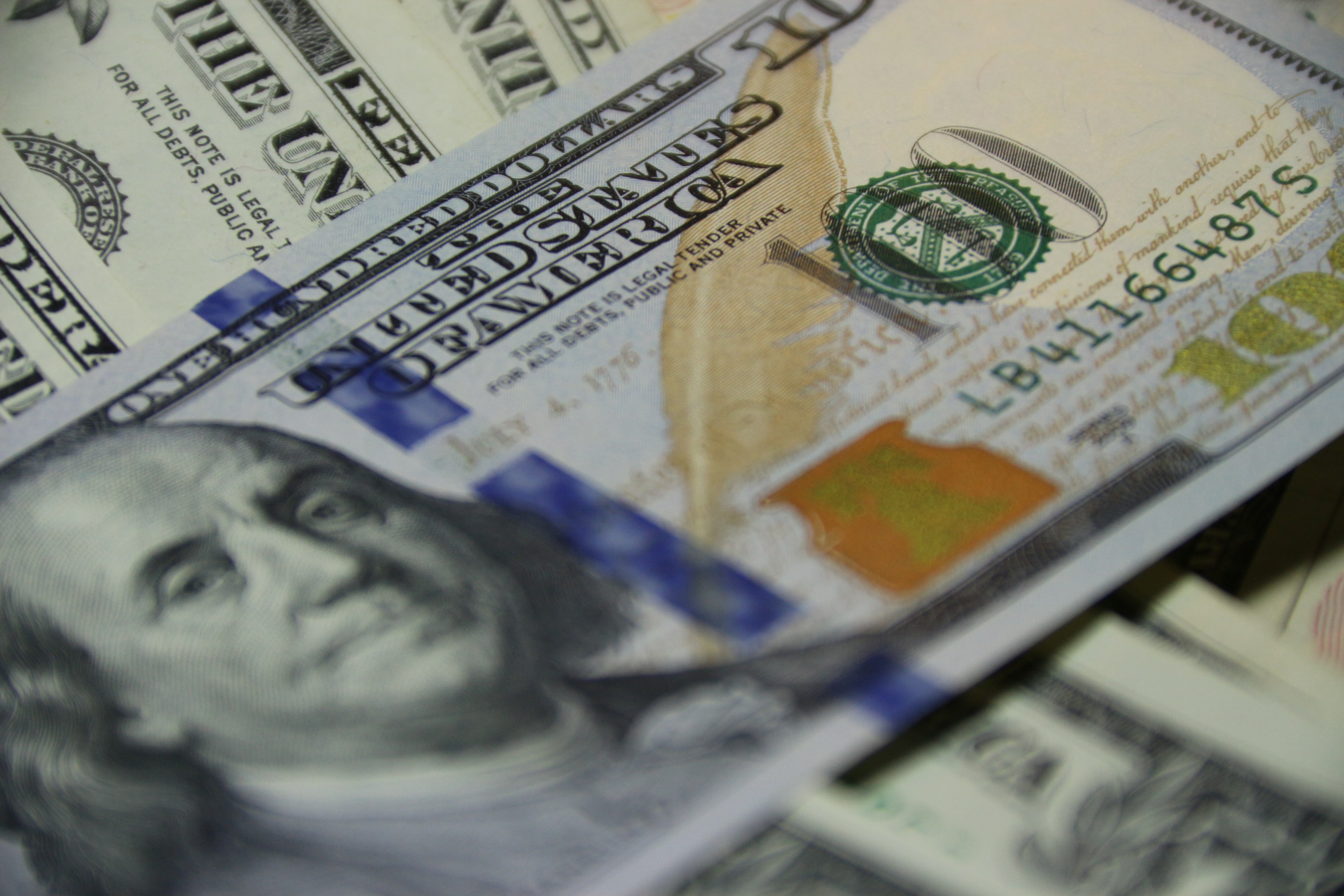What Exactly is the Function of the FX Market? A $6 Trillion Per Day Questions
“I am a hybrid. I do independent films and also do Hollywood films – I love them both.” Spike Lee
According to the recent series of reports published by the Bank for International Settlements (BIS) on December 10th, 2019, trading in global Foreign Exchange (FX) markets reached $6.6 trillion per day in April 2019, up from $5.1 trillion in April 2016. To put the size of this market into perspective, the annual world GDP is around $80 trillion. The main instrument that dominates the FX trading is the FX swap. On the contrary, the forward contracts form only a small portion of the whole market. Capturing this difference in market share, standard finance theories tend to put more weight on the FX swaps. In doing so, they sometimes overlook the importance of forward contracts for the FX swaps market. However, once we consider the economics of dealers’ function in the FX market, the hybridity between these two instruments becomes essential. Most FX swaps are liquid and easily tradable only because of the dealers’ ability to manage their cash flows in the future by entering a forward contract with an FX forward dealer. The former aims at keeping a matched book and hedging against the FX risk, and the latter is a speculative dealer who takes on this risk for a fee. In other words, the ability and willingness of the FX swap dealer to make the market depend on the costs and easiness of entering a forward contract.
To understand the essential hybridity between these two instruments, let’s examine what connects these two markets. In an FX swap contract, two parties exchange two currencies today at the spot exchange rate and commit to reverse the exchange at some pre-agreed future date and price. The FX swap dealers– mostly large banks with branches in different countries- are trading both sides of the market. Their presence in the market enable corporations to borrow at a currency that is cheaper and then swap the proceeds with the currency that they need. In this market, the dealer posts bid and ask prices for these FX swaps and rely on its access to the forward contracts and interbank market in Eurodollar deposits to hedge any mismatches in its balance sheets. FX forward contracts trade two currencies at a pre-agreed future date and price. The dealer who makes the market in the FX forward contract is a speculative dealer who takes the opposite position and provides the hedge for the FX swap dealer. The critical detail is that the speculative dealer provides the hedge since it expects to profit from this transaction. This profit comes from the expectation that the forward exchange rate is going to be higher than the expected spot rate. In other words, speculative dealer’s profit depends on the degree and the direction of the failure of uncovered interest parity (UIP). UIP states that the forward exchange rate will be equal to the expected spot rate since there will be an unexploited arbitrage opportunity otherwise. The point of all this is to show that dealers will make a market in the FX swap markets only if they can depend on speculative dealers in the forward market to hedge their unmatched exposures.
Further, this hybridity between the FX swap and the related forward market highlights the role of the FX market as a wholesale funding market. The FX swap dealer sets the costs of financing in foreign currencies for the corporates. In doing so, the dealer earns the spread between bid-ask rates for the FX swap. Importantly, the FX swap dealer’s profit is determined by its access to the interbank Eurodollar funding, as well as its own hedging costs. The latter is settled by the FX forward dealer, who helps the FX swap dealer with cash flow management by taking a speculative position. In doing so, the FX forward dealer acts as the private dealer of near last resort in the FX swap market and absorbs the imbalances in the FX swap markets on its balance sheets. The failure of the UIP is the source of expected profit for this speculative dealer. By fixing the costs of doing business for the FX swap dealer, the FX forward market affects the prices in the FX swap market. To sum up, once we consider the role of dealers in the FX market, we realize that FX forward and FX swap markets are entirely intertwined, and the dealers’ interactions in these markets ultimately determine the costs of foreign currency financings.
Discussion Questions:
- What are the main differences between FX swaps and FX forwards?
- What connects the dealers in the FX swaps and the FX forwards market?
- What makes the FX market a funding market?











